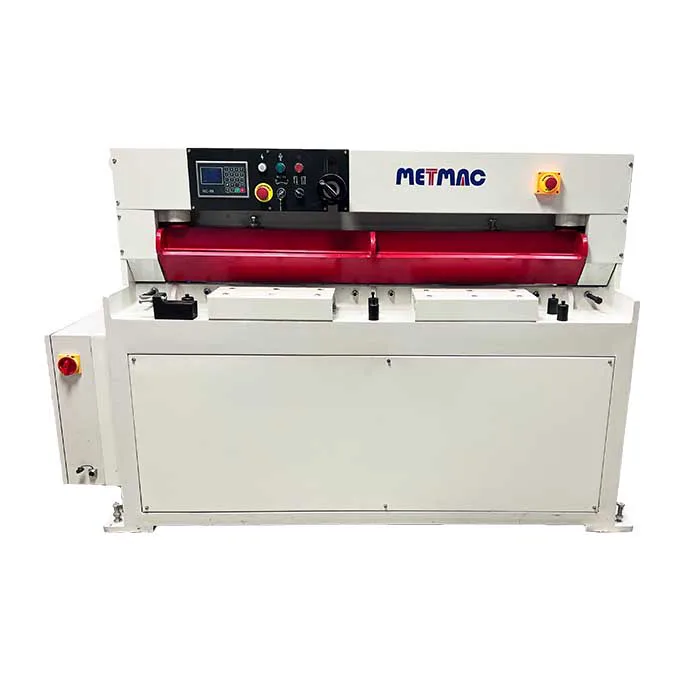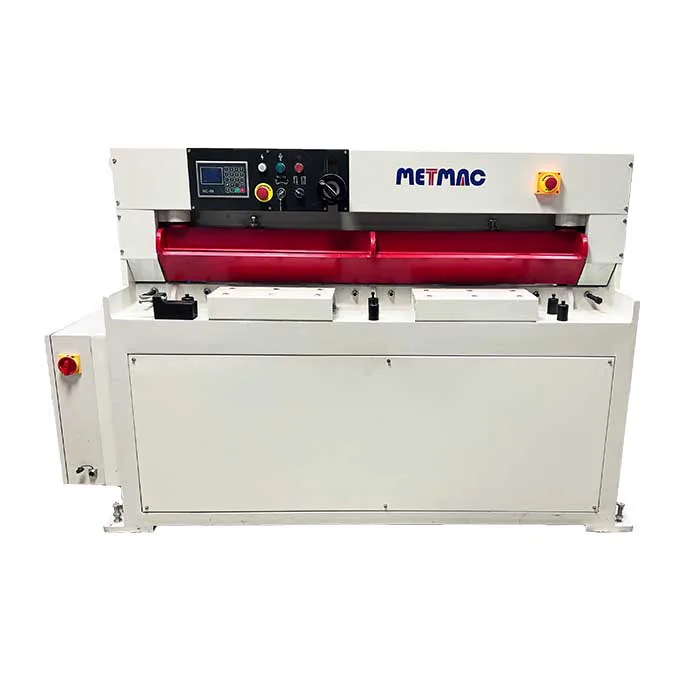
Understanding the Technology Behind Metal Sheet Punching Machines
- By:Metmac
- 2024-09-14
- 194
Introduction
Metal sheet punching machines play a vital role in various industries, from manufacturing to construction, by efficiently cutting and shaping metal sheets into complex and precise designs. To fully leverage these machines, it is crucial to understand the technology that drives them. This article delves into the intricate workings of metal sheet punching machines, exploring their components, capabilities, and applications.
Components and Mechanism
Metal sheet punching machines consist of several key components:
Punch: A hardened steel tool with a specific shape that creates the desired cut in the metal sheet.
Die: A hardened steel plate with a matching shape to the punch, which supports the metal sheet and prevents tearing.
Turret: A rotating mechanism that holds multiple punches and dies, allowing for quick and efficient tool changes.
Control System: A computer-controlled system that guides the movement of the punch and turret, ensuring precision and repeatability.
Process
The punching process typically involves the following steps:
1. Loading: The metal sheet is placed onto the machine’s table.
2. Positioning: The control system guides the turret to align the punch and die with the desired cutting location.
3. Punching: The punch descends onto the metal sheet, creating a clean and precise cut.
4. Stripping: The finished part is removed from the die using a stripper mechanism.
Capabilities
Metal sheet punching machines offer a wide range of capabilities, including:
Precision Cutting: They can cut complex shapes with high accuracy and repeatability, resulting in burr-free and clean edges.
Material Versatility: They can work with a variety of metal sheets, including steel, aluminum, copper, and stainless steel.
Speed and Efficiency: Their automated operation and tool-changing mechanisms allow for high-volume production and reduced lead times.
Applications
Metal sheet punching machines are used in a multitude of applications, such as:
Automotive: Manufacturing components for vehicles, including body panels, door handles, and interior trims.
Electronics: Producing enclosures, brackets, and other parts for electronic devices.
Aerospace: Fabricating structural components, fairings, and engine parts for aircraft.
Understanding the technology behind metal sheet punching machines empowers operators to optimize their performance, improve efficiency, and ensure the production of high-quality parts. With their precision, versatility, speed, and wide-ranging applications, these machines continue to be indispensable tools in modern manufacturing and construction industries.
-
Sheet Metal Machinery for Sale: Elevate Your Fabrication Capabilities with METMAC
2025/11/26 -
Laser Sheet Cutting Machine: Redefining Precision with METMAC Technology
2025/11/26 -
Sheet Shearing Machine: Achieving Unmatched Precision and Efficiency with METMAC
2025/11/26 -
Sheet Metal Forming Machine: The Art of Precision with METMAC Technology
2025/11/26
-
Advanced Sheet Metal Rolling, Laser Cutting, and Folding Machines for Precision Fabrication
2025/10/31 -
High-Performance Sheet Metal Bending and Cutting Machines for Modern Fabrication
2025/10/31 -
High-Quality Sheet Metal Equipment for Sale: Efficient Solutions for Modern Manufacturing
2025/10/31 -
High-Performance Sheet Metal Equipment for Sale: Forming and Shearing Solutions for Modern Fabrication
2025/10/22
-
Innovations in Steel Strip Slitting Machine Design and Technology
2024/05/11 -
Improving Accuracy in Metal Fabrication with Laser Metal Shear Machines
2024/05/11 -
Latest Technological Advancements in Rectangular Duct Machines
2024/05/11 -
Integrating Automation with Rectangular Duct Machines for Enhanced Productivity
2024/05/11
-
A Guide to the Latest Innovations in Sheet Metal Folding Machines
2024/11/29 -
Key Features to Consider When Investing in a Sheet Metal Folding Machine
2024/11/28 -
Enhancing Precision with Advanced Sheet Metal Folding Machines
2024/11/27 -
How to Choose the Right Sheet Metal Folding Machine for Your Workshop
2024/11/26







